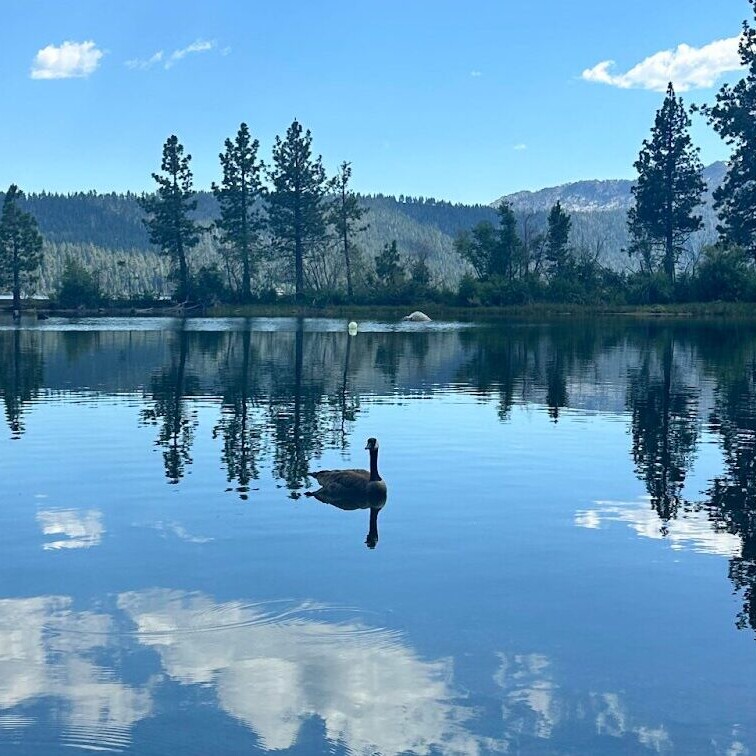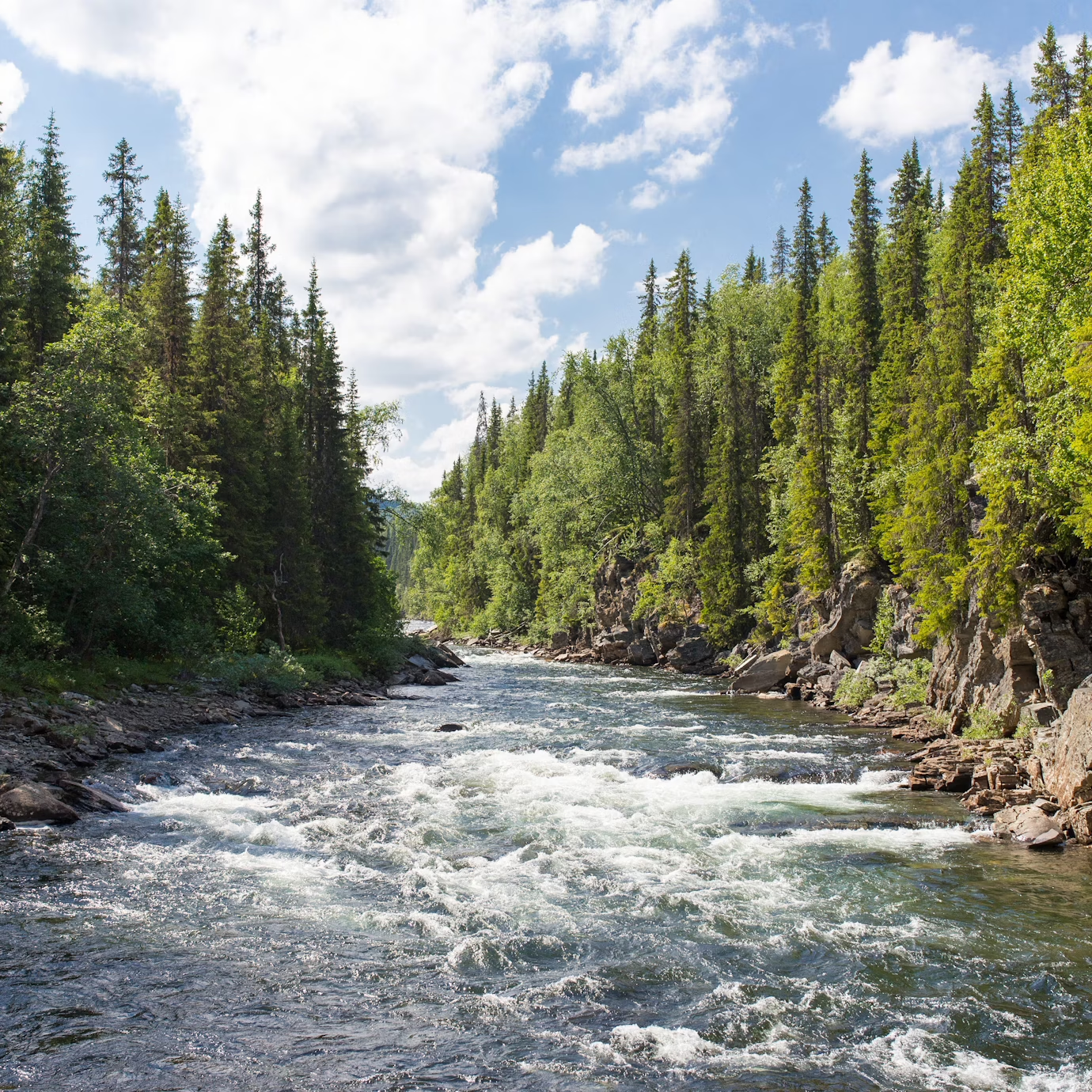Since the inception of Building Belonging, we’ve wrestled internally with this question: what are we? On our homepage we say we are:
A home for people committed to building a world where everyone belongs… We are a community of people working toward transformation and liberation: of ourselves, our societies, and the world.
And yet our gathering place is on Mighty Networks; so clearly we see ourselves at some level as a network as well.
So we’re a home. And a community. And a network. What does that mean, exactly? How do we organize ourselves? How do we make decisions? And as money flows through the system and we face the legal/financial imperative to adopt a structure… are we also an organization?
I don’t want to speak for Building Belonging here; we are in the middle of our second interim Stewardship Process, precisely to take a collective perspective on questions like this. But I did want to share my own intentions in case it’s helpful to others wrestling with these questions in their own communities/networks/organizations; I see this question as a key point of differentiation in the social change ecosystem that feels important to name.
1. I am interested in building a community, not an organization. I love this definition from
Aaron Goggans and team at Wildseed Society (which I see as a kindred initiative to BB):
We define community as a group of people with such important or valuable interrelationships that it is easier to have the difficult conversations than walk away. It’s a space where we agree to labor together to root out domination from our praxis and replace it with more liberatory ways of meeting our needs.
2. The kind of community I’m interested in co-creating is synonymous with the concept of “political home.” That is, it must contain two components. A “home”: a space of nourishment, resilience, support, safety, deep commitment to each other, and comfort. And it must also be “political,” meaning we are gathering in order to transform: ourselves, each other, and the world. It’s a space of stretch, of intentionally pushing ourselves to change material conditions in our community (as a fractal) and in the world.
There are other communities that are only or primarily about “home,” and communities that are only or primarily about “political.” Building Belonging — for me — is an effort to co-create a political home. Both things are essential. I resonate with how adrienne maree brown describes it:
Political home…is a place where we ideate, practice and build futures we believe in, finding alignment with those we are in accountable relationships with, and growing that alignment through organizing and education.
Yes! This is what I mean when I talk about Building Belonging as a “future dojo”: it’s a place to practice in the present… the future we long for. It’s prefigurative.
3. Communities require shared cultural norms. Absent direct deep relationships among all the members (which becomes impossible with growth beyond a certain point), structure is what codifies those norms: structure provides guidance on how we “be” together. It is the walls and furniture and doors that help people know how to navigate the community, where to sit, how we cook and clean together, etc. This is the space around “liberatory governance” that I find so compelling. And if we want to have any hope of co-creating the self-organizing future we long for… liberating structures are essential.
4. Communities require active leadership (I prefer the term stewardship). I love
Vanessa C. Mason’s reflections here:
Communities don’t just happen. They are intentionally built and stewarded by official and unofficial community weavers.
Yes: weavers inside and across communities. This echoes the core insights that
Fabian Pfortmüller has so beautifully captured in his work. Which means we will need people (in dynamic roles!) who are taking responsibility for stewardship. If we see Building Belonging as a commons, a fractal of the whole, than stewarding the commons is both a collective/universal responsibility, and a specific defined responsibility.
We aspire to self-organization, but it’s a long way from here to there. Humans aren’t yet a murmuration of starlings; we have to remember those skills, cultivate the capacity that’s been stolen from us. Until then, we depend on the contributions of stewards to create the conditions for everyone to step fully into community.
Alanna Irving is blunt on this point. She says:
There’s no such thing as self-organization. There’s only unseen, unacknowledged, and unaccountable leadership.
I love Parker Palmer’s 13 ways of looking at community (hat tip to Building Belonging member Sara Huang for pointing me to them):
Community requires leadership, and it requires more leadership, not less, than bureaucracies.
5. The kind of communities I’m interested in are also networks: people connected in diverse ways around a shared purpose. In this I’m drawn to the insights emerging from the network weaving community around how we cultivate connections;
David Ehrlichman’s new book on Impact Networks is a great overview of the field.
6. Community is a place to share gifts and needs; to thrive, everyone has to contribute. We all make community real in different ways. My gift might be for synthesis, for distilling and naming patterns amid complexity. Someone else’s gift might be holding space for conflict or big emotions; someone else might have a gift for art, music, or film: these are all equally welcome. Part of my hope for Building Belonging is to be able to create the conditions (norms, structures, culture, ways of relating) to enable people to step fully into their gifts; we aren’t there yet. I love
Deepa Iyer’s work here naming different roles in social change.
7. Community is the only sustainable form of support. I love this line from Esther Perel, commenting on this global moment of polycrisis and accelerated change, when our dominant systems are collapsing and we find ourselves unmoored:
Community is the only thing we have at this point… real life embodied experiences where people come together.
I’ve been thinking about this provocative line from Tyson Yunkaporta:
The only sustainable way to store [information] long term is within relationships.
I might expand that sentiment: it’s the only sustainable way to do anything. Buildings will crumble; the power grid will fail; the supply chain will break. The only thing we have to turn to, reliably… is each other.
Anyway, obviously lots more to say here, but wanted to put out some initial thoughts. I’d love to hear what resonates for others, what doesn’t, and how you’re making sense of this in your own lives and work.
In community (political home :-),
Brian

Brian Stout is a systems convener, network weaver, and initiator of the Building Belonging collaborative. His background is in international conflict mediation, serving as a diplomat with the U.S. Agency for International Development (USAID) in Washington and overseas. He also worked in philanthropy with the Bill & Melinda Gates Foundation, before leaving in early 2016 to organize in response to the global rise of authoritarianism and far-right nationalism. He recently returned to his hometown in rural southern Oregon, where he lives with his wife and two children.
originally published at medium.com

Network Weaver is dedicated to offering free content to all – in support of equity, justice and transformation for all.
We appreciate your support!
donate in the box above or click here



